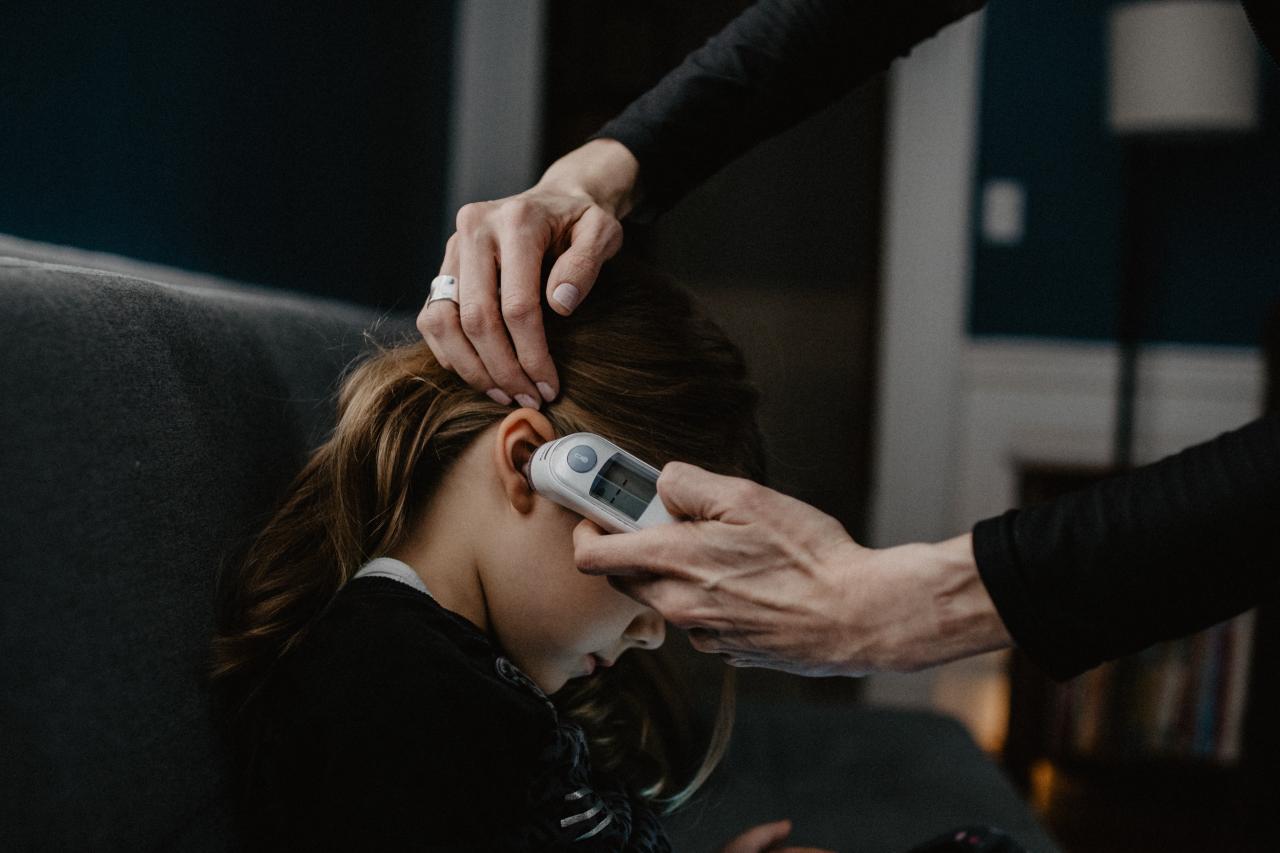Parents and school authorities are being advised to look out for symptoms of strep A following the death of six children in England. Most people who contract the disease do not experience severe symptoms, but others can become seriously ill, even losing their lives. The UK Health Security Agency (UKHSA) has cautioned that people who get infected should stay away from nursery, school or work for at least 24 hours after they start antibiotic treatment.
Discover our latest podcast
Symptoms
Strep A bacteria can cause many different infections. They are typically found on the throat and on the skin, although many people have it without knowing. But they can spread it to others even if they’re not showing any symptoms. The group of bacteria behind these illnesses which includes scarlet fever, are commonly found in the throat and on the skin. The symptoms depend on the type of infection caused by the bacteria.
Scarlet fever symptoms
Itt starts off with flu-like symptoms including a fever, sore throat and a large lump on the side of your neck, according to the NHS. A rash appears 12 to 48 hours later. It looks like small, raised bumps and starts on the chest and tummy, then spreads. The rash makes your skin feel rough, like sandpaper.
The rash may look pink or red on white skin but harder to detect on black or brown skin, although you may still be able to feel it.

Strep throat
Not to be confused with a regular sore throat, the pain caused by strep throat can come on very quickly. Symptoms include pain when swallowing, fever and red and swollen tonsils – sometimes with white patches or streaks of pus.
Impetigo
Another illness caused by strep A bacteria is impetigo. This is a skin infection which starts with red sores or blisters that then burst, leaving crusty, golden patches.
Although these symptoms may be mild in most cases, if these bacteria get into the bloodstream – which is rare – they can cause a severe illness called invasive Group A strep (iGAS) which can lead to Toxic Shock Syndrome and Necrotising Fasciitis or ‘flesh-eating disease’.
Sources used:
Sky News: What is Strep A and what are the symptoms of the bacterial infection?
The Guardian: Strep A: what are the symptoms and how can infection be treated?
Gov.uk:UKHSA update on scarlet fever and invasive Group A strep















